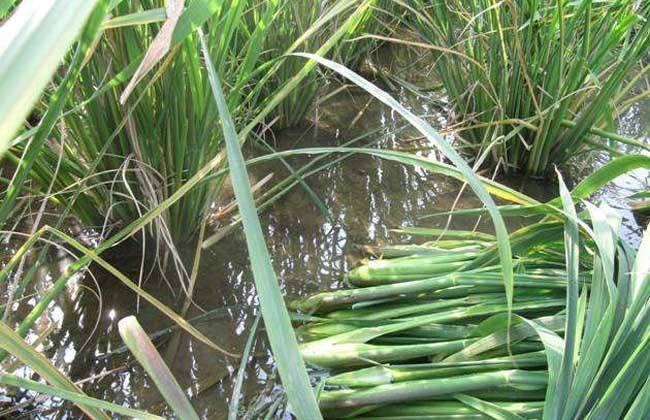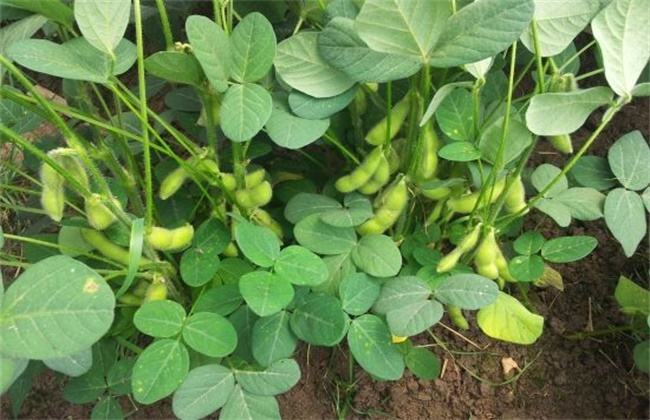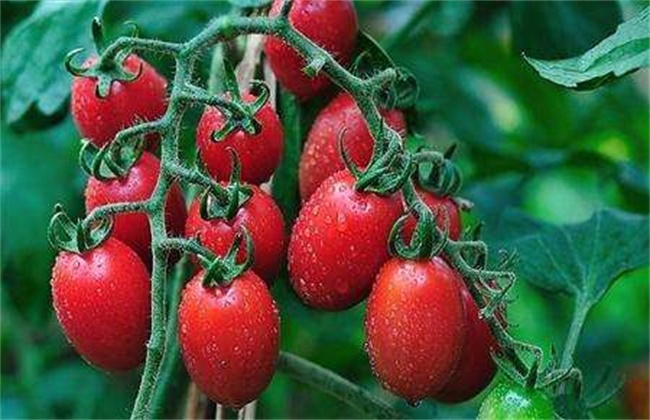Off-season cultivation techniques of Zizania caduciflora
Zizania caduciflora (Zizania caduciflora) is a perennial root plant growing in swamps and wet soil. It mainly feeds on the underground expanded stems of Zizania caduciflora. Generally, there are single-season and double-season Zizania latifolia cultivated. The yield of double-season cultivated varieties is higher. Conventional cultivation will be on the market in May, but out-of-season cultivation can be planted in winter and harvested in February of the following year, so as to seize the market opportunity and strive for better economic benefits. Specific anti-season cultivation techniques, the following will give you a specific description.

1. Selection of species and sites
Choose low-lying fields to plant, but to keep the soil fertile, you can step on some weeds or straw into the field to make it a soil nutrient after maturity, in a place where drainage and irrigation are convenient. Fertilization is about 3000 jin of farm manure, combined with 100 jin of nitrogen fertilizer. Make a seedling bed in the paddy field, like a rice seedling, flatten the border surface and make it 1.2 meters wide. Then select the previously harvested Zizania latifolia, the general species of Zizania latifolia requires strong tillering, sturdy, complete, first to dry and sprout, the outer leaves can be dried to raise seedlings.
2. Seedling management
The distance between the seedlings and planting rows is 5 cm, the straw should be covered on the seedling stump, and the straw should be disinfected and used after spraying. After the straw is dried, the old leaves can be ignited and burned, while the source of bacteria can be reduced. Then you can cover the plastic film to keep the seedlings warm, because the external temperature is lower, and the external temperature will rise a little after a month. After emergence, keep to 2 cm water layer and sprinkle with a little plant ash.
3. Fertilization
Nitrogen fertilizer is applied at tillering stage, generally about 30 jin of urea per mu, 50 jin of calcium superphosphate, and then 35 jin of potassium chloride. This is the amount of fertilizer applied after the budget, which should be applied flexibly in the middle and a small number of times at the tillering stage, which can prevent the plant from growing and expand the roots as soon as possible. In order to promote rhizome expansion, topdressing again, urea 30 jin, potassium chloride 10 jin,
4. Control the water layer
Because a large amount of water is needed for growth, the water layer needs to be controlled according to the growth stage after planting. Only 3 to 5 centimeters of shallow water is left at the tillering stage to prevent plants from overgrowing. When the tillers grow to about 8 seedlings, water can be added to more than 10 centimeters. The water content of Zizania caduciflora should not exceed the heart leaf.
5. Other management
It should be ploughed once within two weeks after transplanting. The purpose of intertillage is to control tillering and not to tiller too much. When the growth is transferred to Zizania caduciflora, some old leaves can be cut off, ventilated and transparent. Attention should be paid to the occurrence of diseases and insect pests in the field with high humidity, mainly rice stem borer, Chilo suppressalis, generally using 0.1% matrine emulsion 1000 times or 0.6% carbendazim 1500 times 2000 times for continuous spraying and spraying the common sheath blight with 5% Tian an water agent or 50% dimethrin wettable powder.
Anti-season cultivation of Zizania caduciflora is mainly to adjust the temperature to the normal temperature, so as to ensure the success of planting seedlings, smooth emergence, planting time in advance, and pay attention to the harm of diseases and insect pests. Other basic cultivation processes are not different from normal planting.
Related
- Where is it suitable to grow horseradish in China? it is expected to see the middle altitude horseradish in Alishan.
- How to prevent tomato virus disease reasonably? (Control methods included)
- Many people like to plant towel gourd on the balcony. What are the main points of this method and management?
- What crops can chili peppers be mixed with?
- Fertilization techniques and matters needing attention in Tomato
- What are the grafting techniques for peach seedlings in spring?
- Harm and control methods of root swelling disease of Chinese cabbage
- What are the pests of sweet potatoes? How to prevent and cure it?
- Symptoms, causes and Control methods of navel Rot in Tomato
- The cause of "Cucumber rotten bibcock" in Farmers' planting Cucumber and its Control Plan



